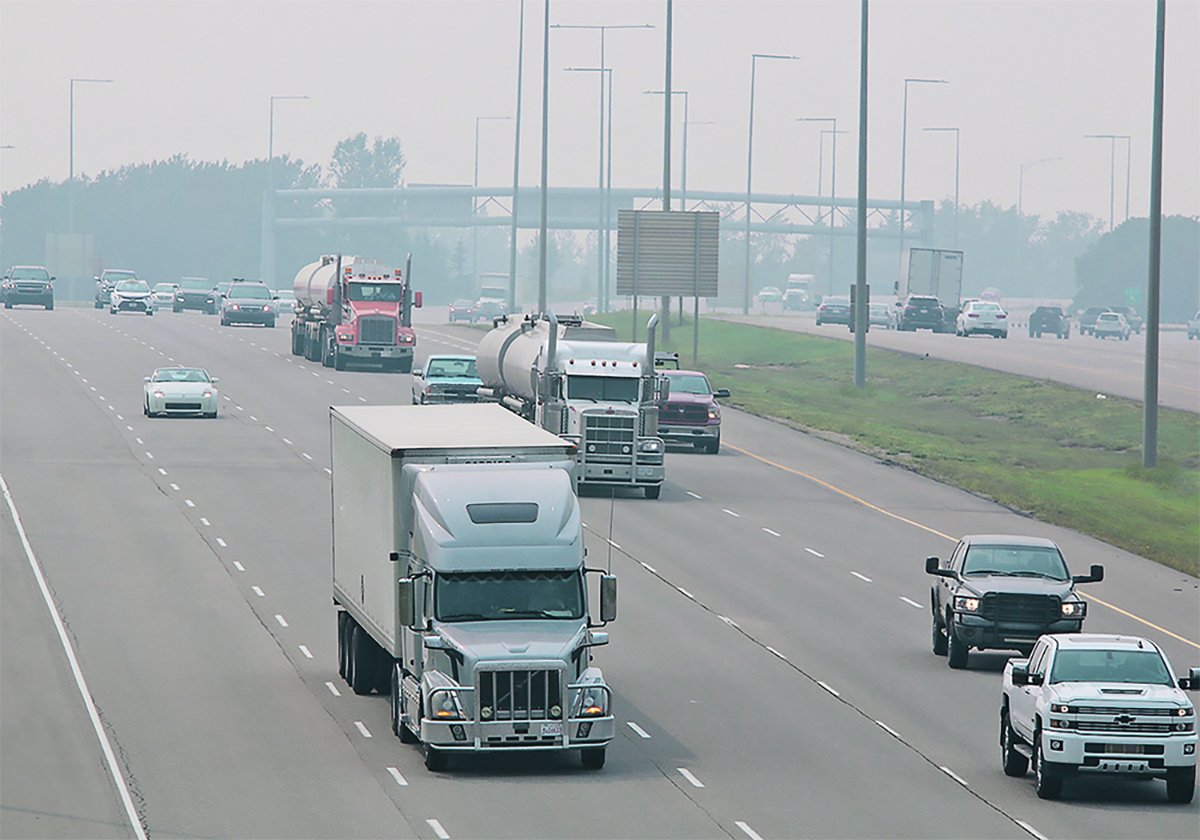Health Sciences Association of Alberta says 50 percent increase in calls hasn’t been matched by improved staffing levels
Rural ambulance service in Alberta is being threatened as larger municipalities draw down capacity in smaller centres, according to the head of the union representing provincial paramedics.
“They are coming in from as far away as 100 kilometres,” said Mike Parker, Health Sciences Association of Alberta president, regarding the situation.
“Innisfail is coming into Calgary or when you go to the north to Edmonton, you see Westlock coming in.”
The situation is putting residents in smaller communities at risk of not having ambulance service in a timely manner, he said, and it’s happening daily.
Read Also

Alberta cracks down on trucking industry
Alberta transportation industry receives numerous sanctions and suspensions after crackdown investigation resulting from numerous bridge strikes and concerned calls and letters from concerned citizens
“We’ve had 10 years of different governments not actually committing to supporting the front-line paramedics,” said Parker.
The biggest issue is the 50 percent increase in calls for service, which hasn’t been matched by staffing levels, he said.
“If you are in a smaller community and dial 911 for your elderly parent who has fallen on the ice or chest pain call, that unit is now coming out of Edmonton up to wherever you are,” Parker said. “When you look at the impact on the patient, it’s devastating — imagine being the paramedics trying to get there.”
First responders are feeling the stress of having to navigate sometimes treacherous road conditions and not being able to provide more timely treatment.
The Alberta government finalized its centralization of ambulance dispatch across the province earlier this year. But despite criticisms by Calgary’s new mayor, Jyoti Gondek, that the move is contributing to the problem, Parker doesn’t believe that to be the case.
“That is actually helping the system,” he said of centralized dispatch. “Because when you have a broken down and fragmented dispatch system, you have no clue where these trucks are.”
The problem is code red alerts usually reserved for major catastrophic events in which ambulance service isn’t available are being issued on a regular basis due to the stretching out of the current level of service, said Parker.
“This government should have stepped in long ago and they have chosen to do nothing,” he said, adding Alberta Health holds the purse strings of the provincial health board, Alberta Health Services, which is responsible for EMS services. “These are the folks responsible for the money. They have the control; they have the ability to fix this and they’re choosing not to.”
Alberta Heath did not respond to requests for comment.
The provincial opioid crisis and COVID pandemic have exacerbated the stresses on the EMS system, said Parker.

















